The history of New York’s Newspaper Row, the epicenter of 19th century news
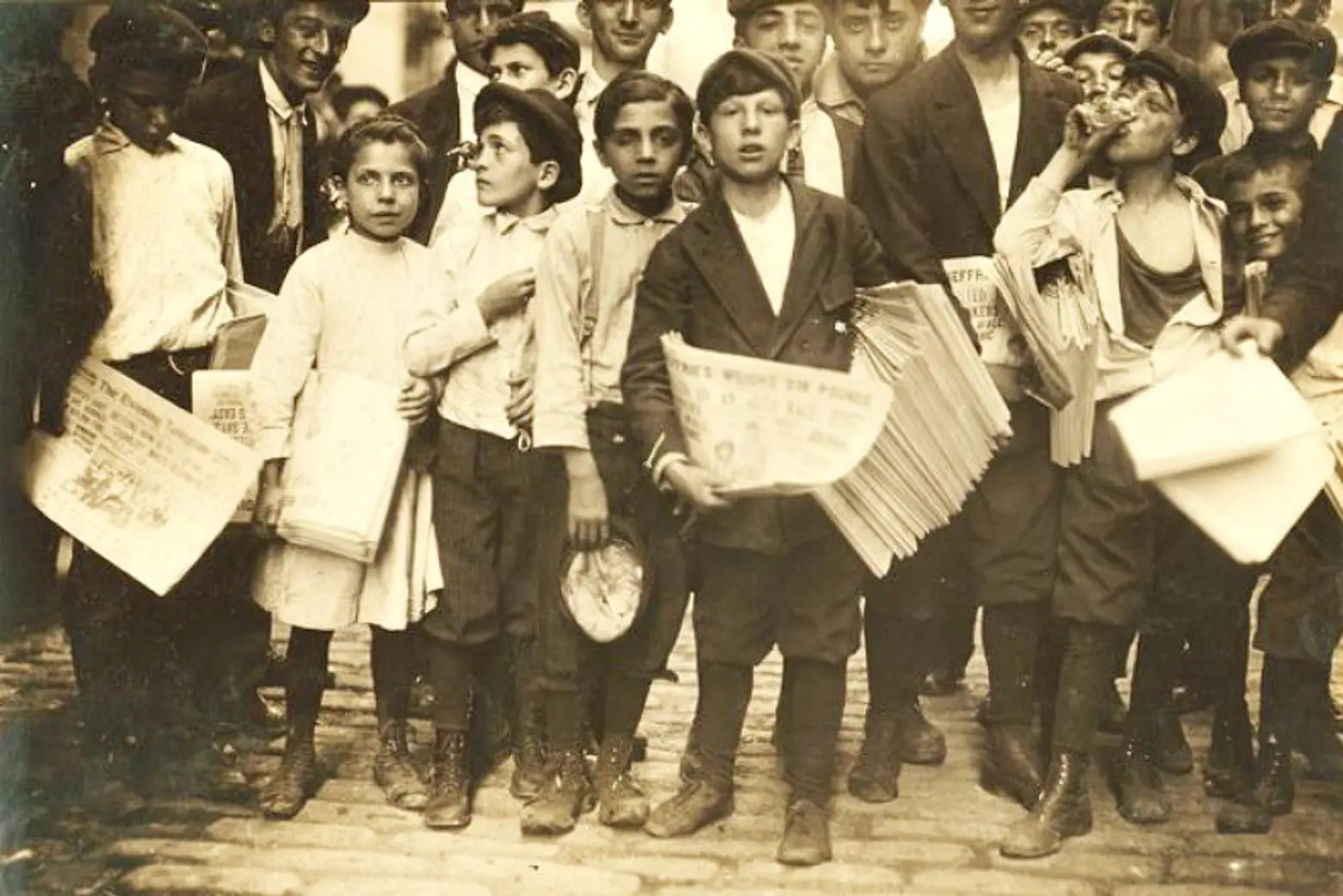
Image via Library of Congress
While the news industry today continues to shift from bustling offices to laptops in coffee shops, it may be hard to imagine that the publishing industry was at the epicenter of some of the world’s most important architectural feats. But this was the case in late 19th century New York City, when the daily newspaper industry was centered at Park Row, near City Hall. Such institutions included The New York Times, The New York Tribune and The New York World.
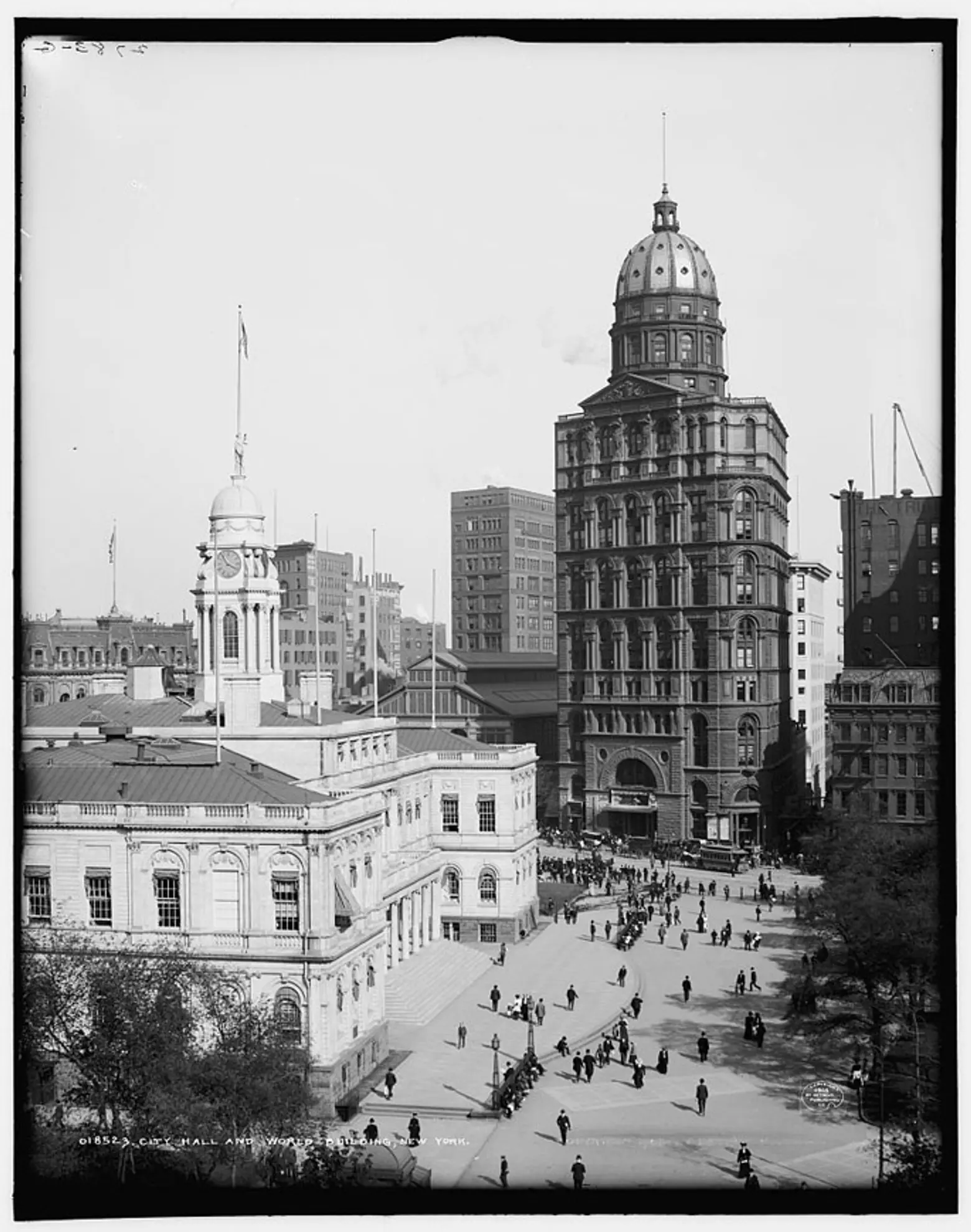 New York World Building, Image via Library of Congress
New York World Building, Image via Library of Congress
As evidence of just how important Newspaper Row was at the time, The New York World Building was the first building in the city to surpass the height of Trinity Church. Furthermore, it was the world’s tallest building from 1890 to 1894. The 309-foot, 16-story building at 99 Park Row was capped by a copper dome and inside Joseph Pulitzer had his office. The semi-circular office had three windows with unobstructed views out to Brooklyn, Governor’s Island, and Long Island, ceiling frescoes and embossed leather lining the walls. Also in the dome was another office for Pulitzer’s brother-in-law, a library and a conference room. Unsurprisingly, The New York World heralded its own building as “The Greatest Newspaper Building in the World.”
George B. Post designed the steel-frame building, with an exterior of sandstone, brick and terra-cotta. The entire thing was paid for in cash. The newspapers were printed in the basement printing press, with retail on the first and mezzanine floors. The news offices were on the top six floors, with commercial office space rented to other tenants below. According to the book Pulitzer: A Life by Denis Brian, Pulitzer furnished bedrooms on the 11th floor for editors and reporters who worked late and couldn’t get home. At the opening celebration, an explosion caused by a photographer’s flash powder caused a big stone to fall from City Hall and broke around fifty windows in city’s political home.
The New York Sun was next door and was dwarfed by the new building. Charles Dana, head of the Sun who had lost public favor due to his conservatism and anti-Semitism, criticized The New York World Building for looking like a large brass head tack. A 1904 guidebook notes the Sun Building as being the former home of the Tammany Society and was a building “of no architectural pretensions.”
The New York World Building would be demolished in 1955 to accommodate ramp expansion at the Brooklyn Bridge. The stained glass window which was once above the entrance is now in the Columbia University School of Journalism.
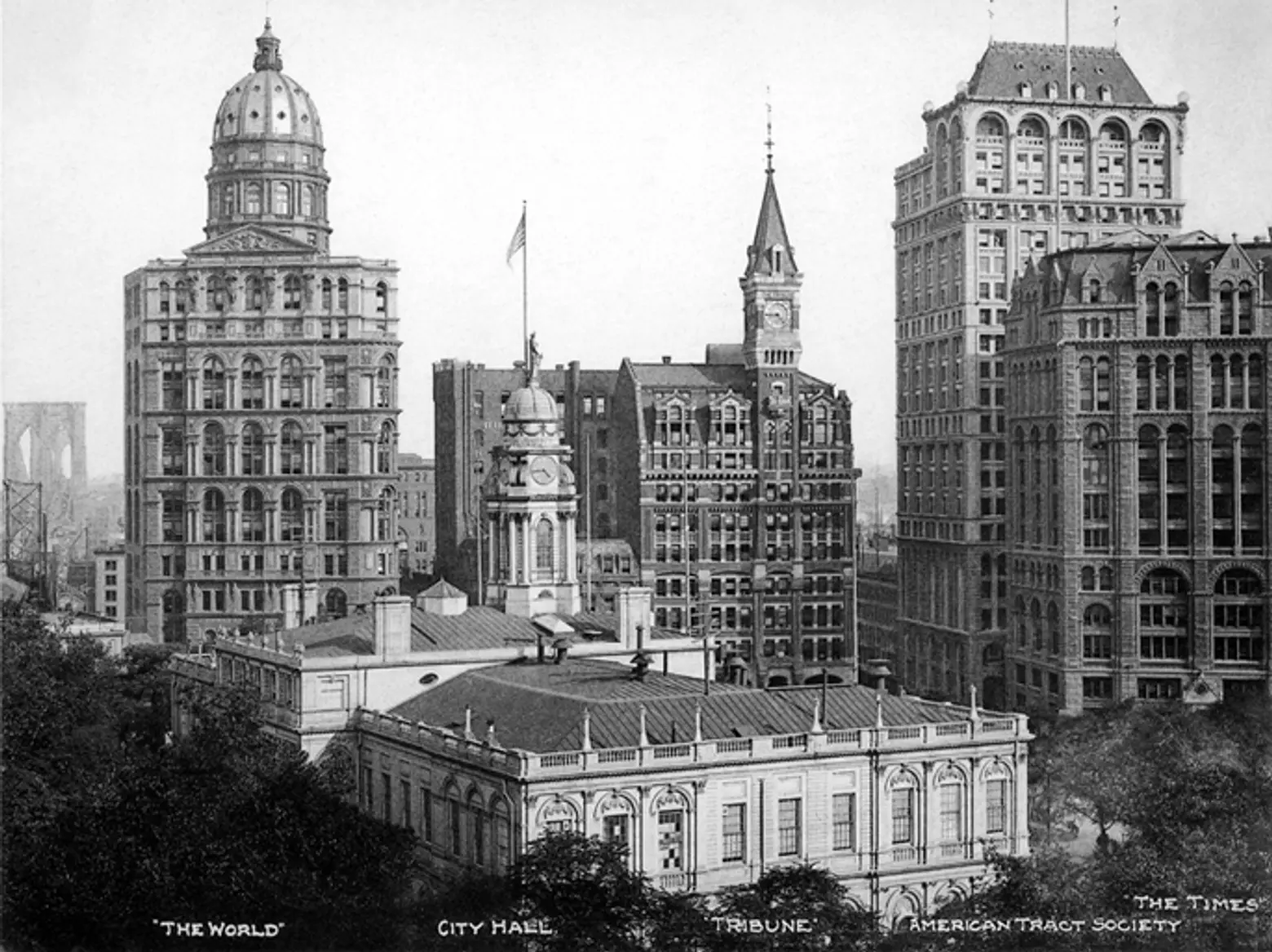 Image cc via Times Photo Archive
Image cc via Times Photo Archive
The New York Tribune was founded by Horace Greeley in 1841, notable for its campaigns against slavery and its support of universal suffrage. At Printing House Square, just south of The New York World building was located the Tribune building. Built by Richard Morris Hunt in 1874, the brick and masonry building was one of the first buildings to have elevator service. The original French-inspired building was nine floors, but an additional nine were added between 1903 and 1905. Even before the addition, and before The New York World building went up, it was the tallest building in New York City except for Trinity Church.
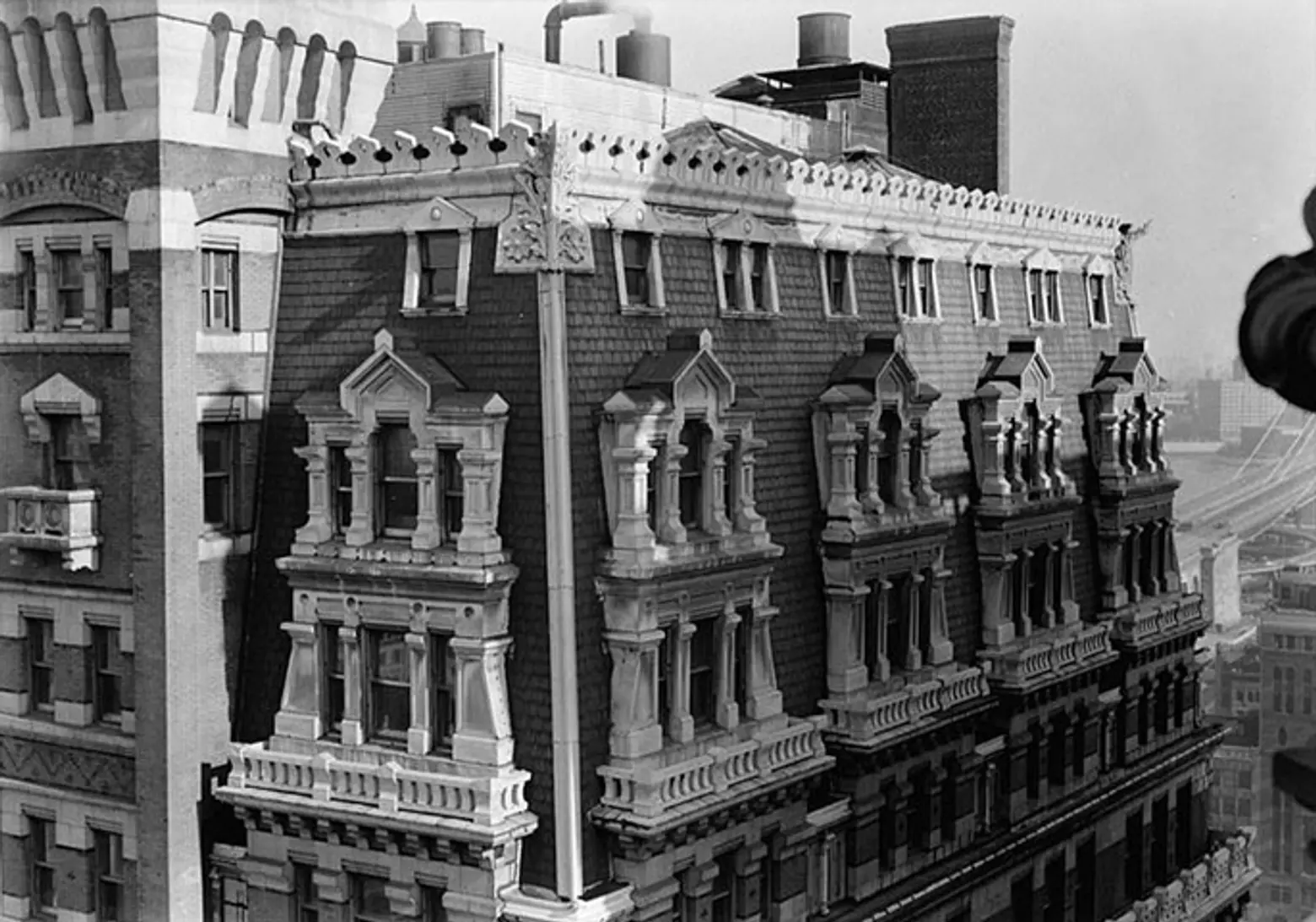 New York Tribune Building, top architectural detail. Image via Library of Congress.
New York Tribune Building, top architectural detail. Image via Library of Congress.
On the ground floor, there was a saloon, a surprising tenant given Greeley’s temperance position–though he died before the building was completed. The New York Sun wrote that “the tall tower rum hole is the most famous drinking shop in the country.” Atop the structure was a clock tower, which was captured in the below 1966 photograph before the building was demolished to make way for Pace University. Again, not surprisingly the architecture critic for rival paper The New York World slammed the building as “a glaring collocation of red and white and black, which time can never mellow,” and that the building expressed “the weariness, the fever and fret of modern life, especially of modern French life.”
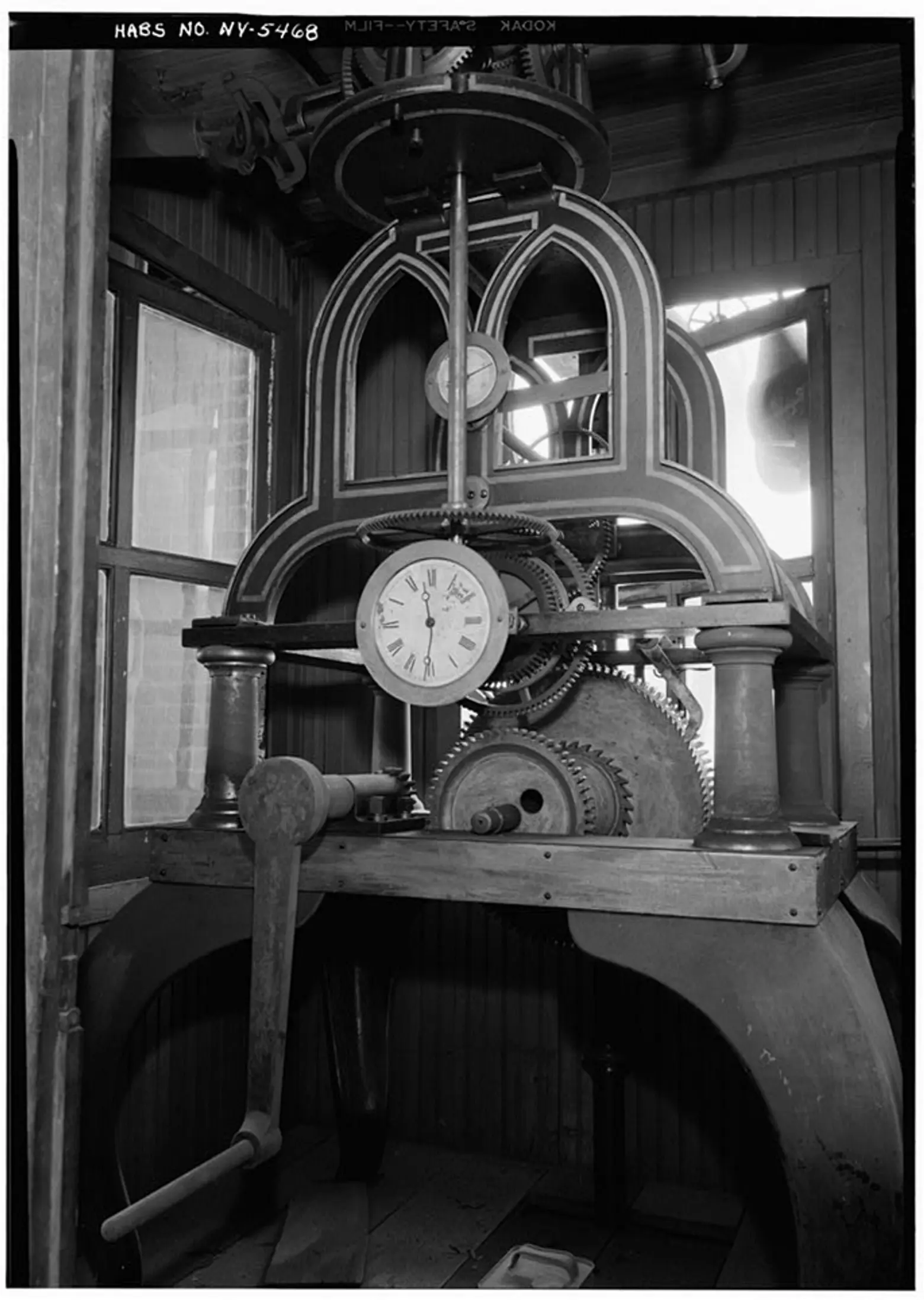 Image via Library of Congress
Image via Library of Congress
The New York Times has called the Tribune building “a pioneering skyscraper masterpiece,” decrying its demolition in a time before the Landmarks Preservation was fully in action. Its fate is similar to other buildings lost in the 1960s, like Pennsylvania Station and the original Metropolitan Opera House.
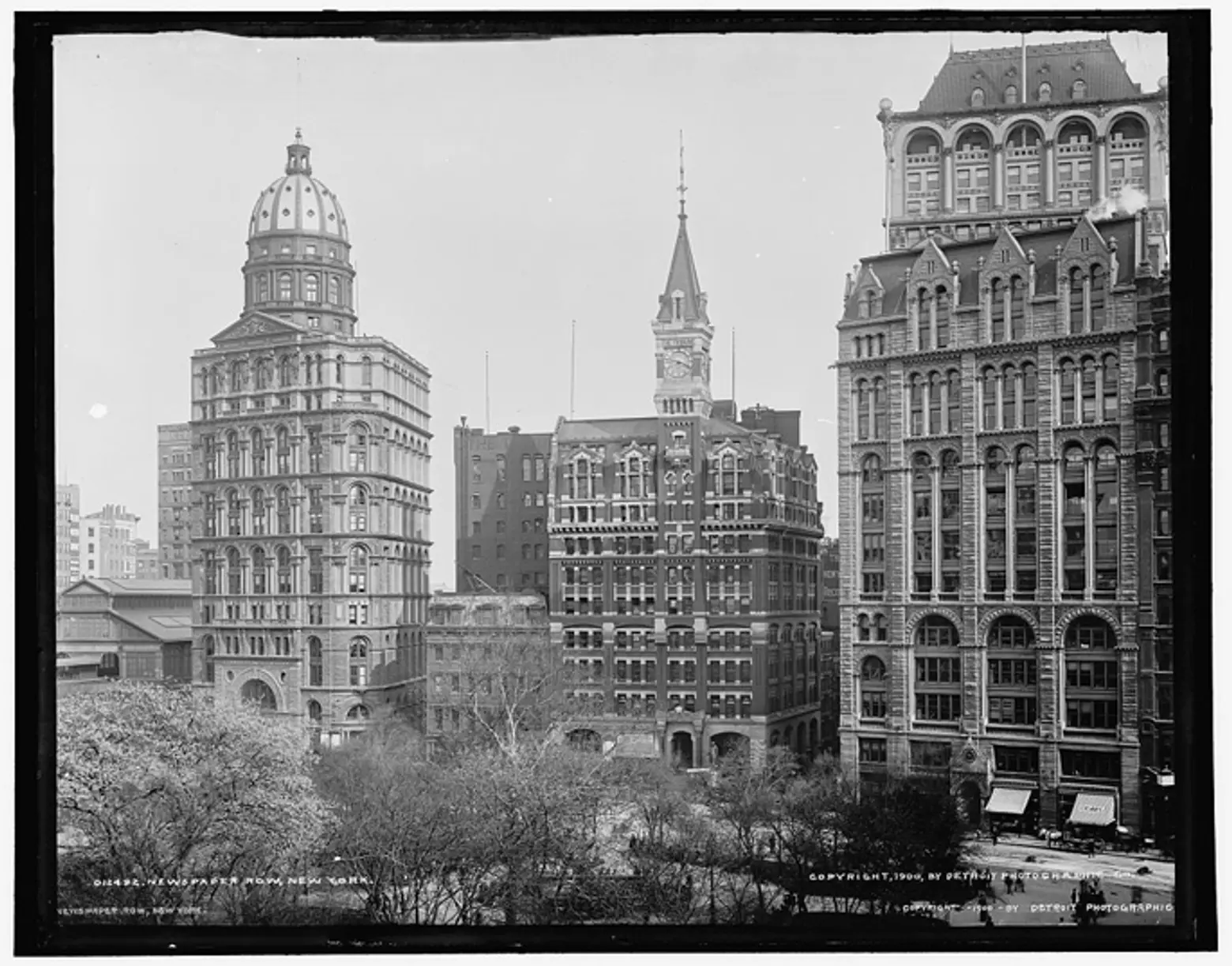 New York Times Building at far right in 1900, before addition of three stories. via Library of Congress
New York Times Building at far right in 1900, before addition of three stories. via Library of Congress
At 41 Park Row was the home of The New York Times and is the only one of the three buildings to survive today. Envisioned by The Times’ first publisher, George Jones, who took down the Tammany ring, the building has had many iterations over time, building atop previous structures. The first constructed in 1858 was a five-story building by Thomas R. Jackson in the Romanesque revival style on the site of a former Presbyterian church. Prior to this, The Times was located further south on Nassau Street. Moses King, of King’s Dream of New York described the building as “so beautiful that it charms the naive and the refined, the ignorant and the most learned in art; the Times Building is The New York Times expressed in stone.” But upon its landmark designation, The New York Times described its former building as “craggy,” in the style of an “elongated Roman aqueduct.”
In 1899, faced with the bold statement of the Tribune building, The Times commissioned George B. Post to design a taller building in the same location. The new building was built around the old one, keeping the printing press in the same location. Compared to today, the Post building was originally three stories shorter, but got a height extension in 1903 (which caused the removal of the original mansard roof). Today The New York Times Building is part of Pace University, and has the distinction of being the oldest of the surviving Newspaper Row buildings. The interior was not landmarked but The New York Times writes that there are remnants still inside of the original, at least as of 1999, including oak paneling in a 12th floor newsroom.
On Newspaper Row at the turn of the century, the streets outside the newspaper offices were bustling with activity. The Library of Congress has wonderful photographs of the newsboys (and girls!) of the era.
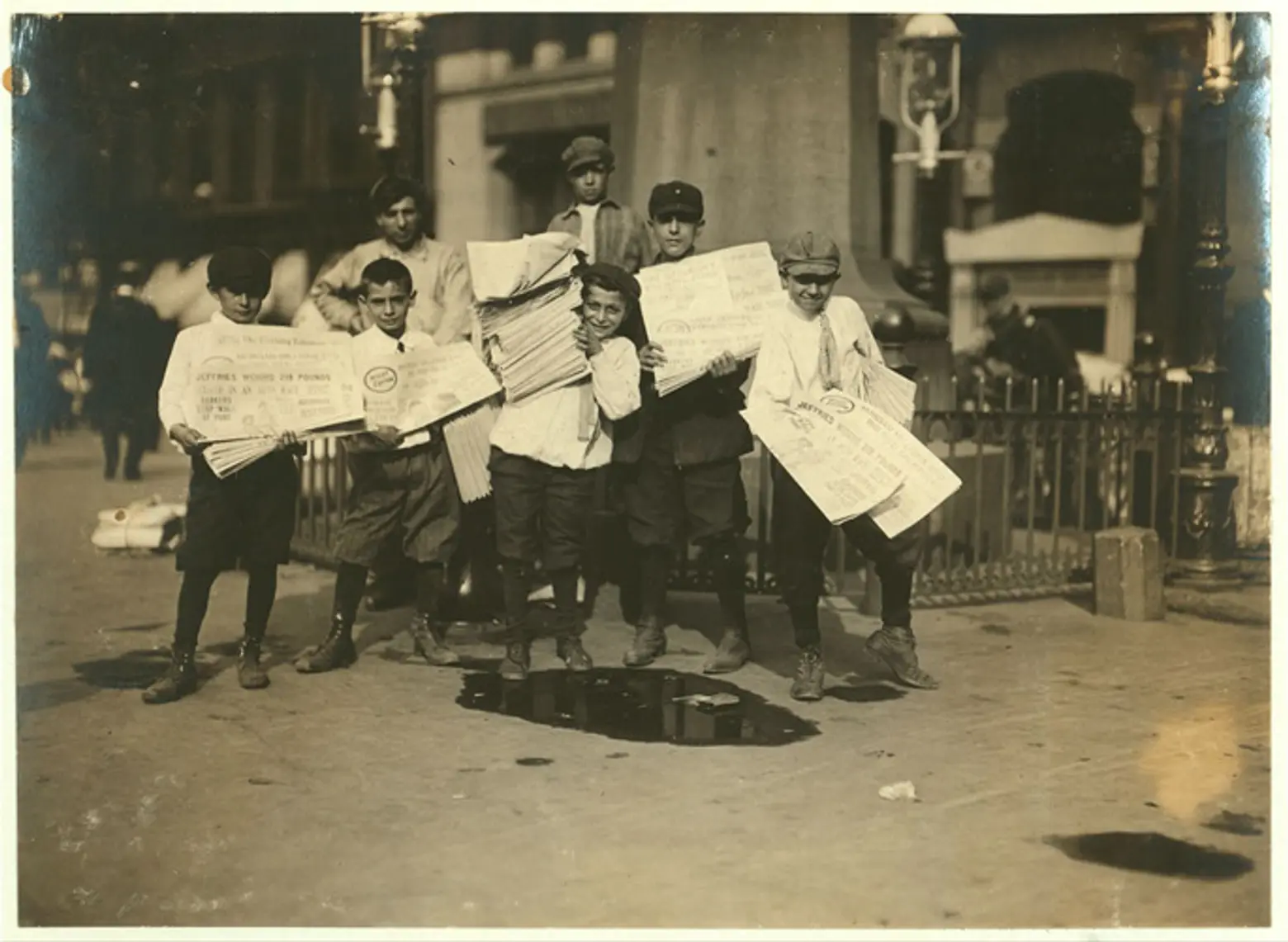
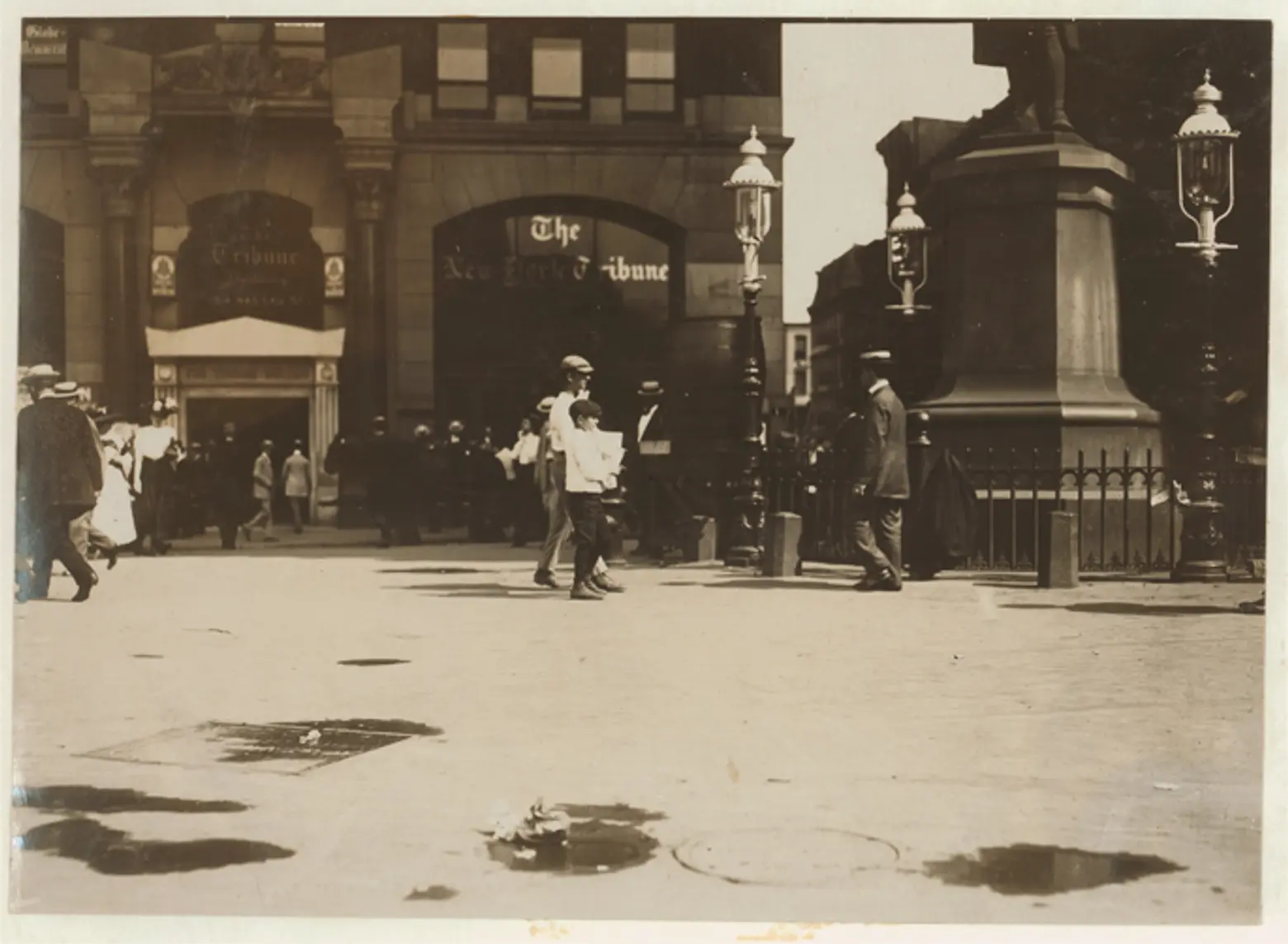 Images via Library of Congress
Images via Library of Congress
Slowly but surely the city’s newspapers moved northwards in Manhattan, following the trend of chic neighborhoods and notable personages. The tie between politics and publishing became less critical (or less overt), beginning with the move by The New York Herald to Herald Square in the 1890s. The New York Times would move to Times Square, in the famous building now obscured by billboards, on New Year’s Eve 1903.
Much has changed down on Newspaper Row, including the removal of a mostly forgotten elevated railway terminal that serviced the Brooklyn Bridge via the BMT lines. But many other stately buildings still remain in the area, including The Woolworth Building with its many secrets, The Park Row Building, and City Hall. This view above from one of the buildings on Newspaper Row, which includes the demolished post office, shows the architectural glory of the city’s former center.
[Related: The History of Herald Square: From Newspaper Headquarters to Retail Corridor]
***
Michelle Young is the founder of Untapped Cities, a publication and tour company about urban exploration and discovery in New York City. She is also an adjunct professor at Columbia University Graduate School of Architecture, Planning and Preservation and is the author of a forthcoming book on the history of Broadway from Arcadia Publishing. Follow her on Twitter @untappedmich.
Interested in similar content?
Leave a reply
Your email address will not be published.


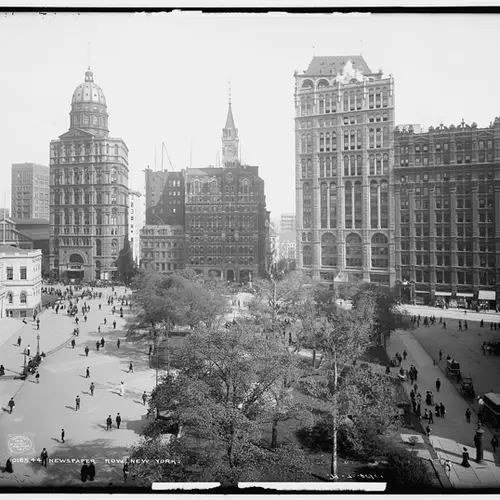
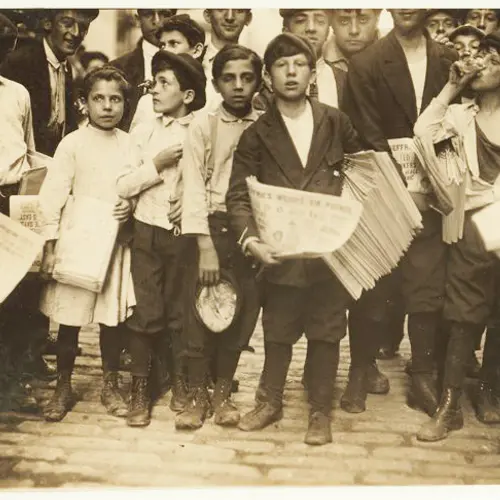
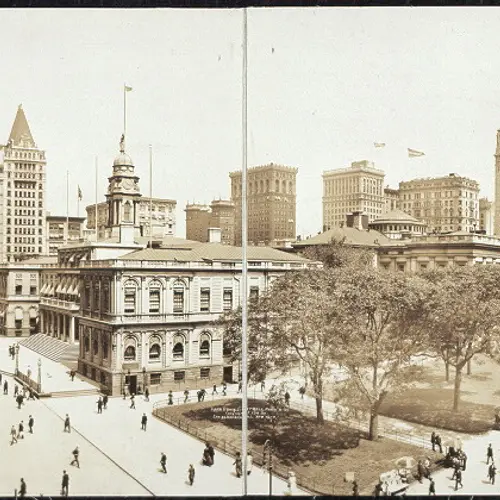
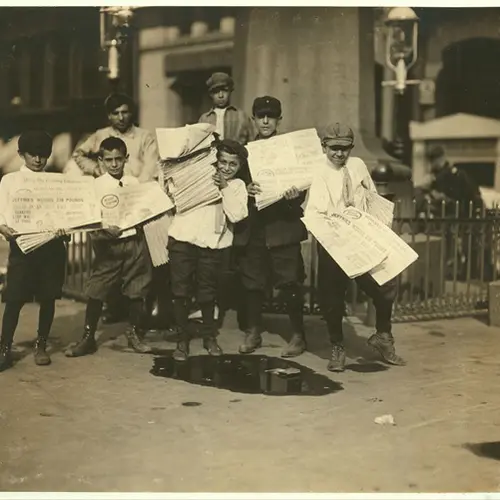
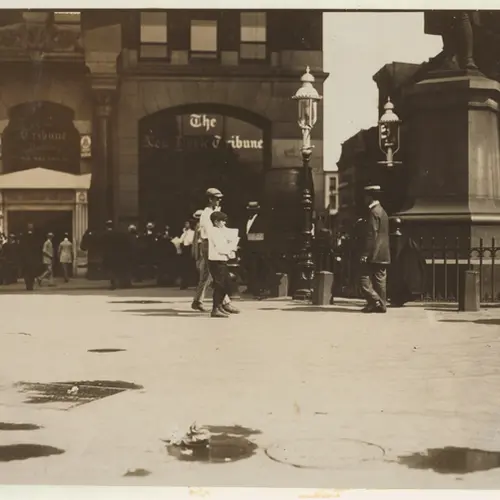
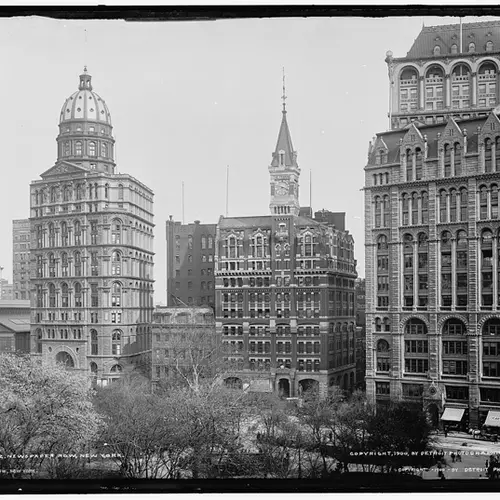
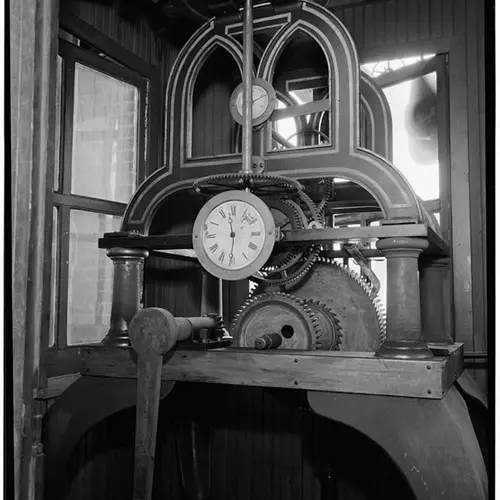
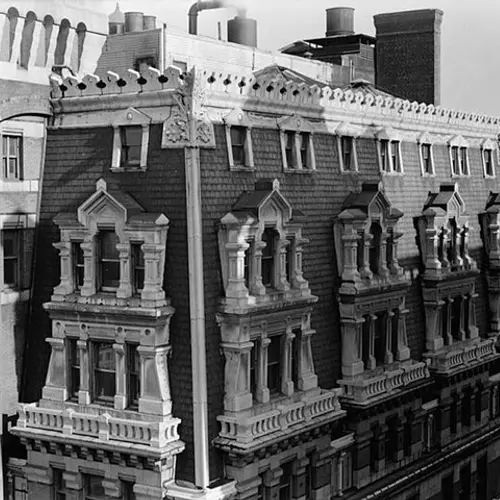
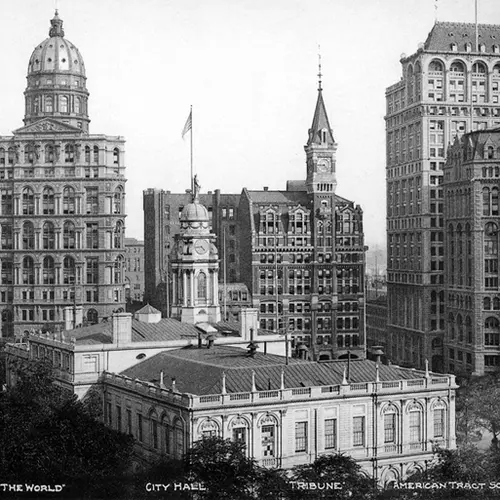
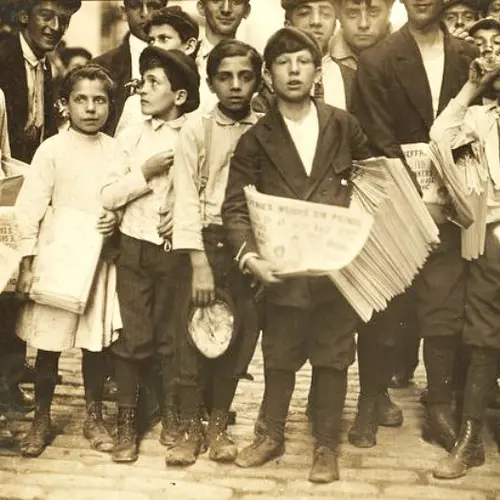


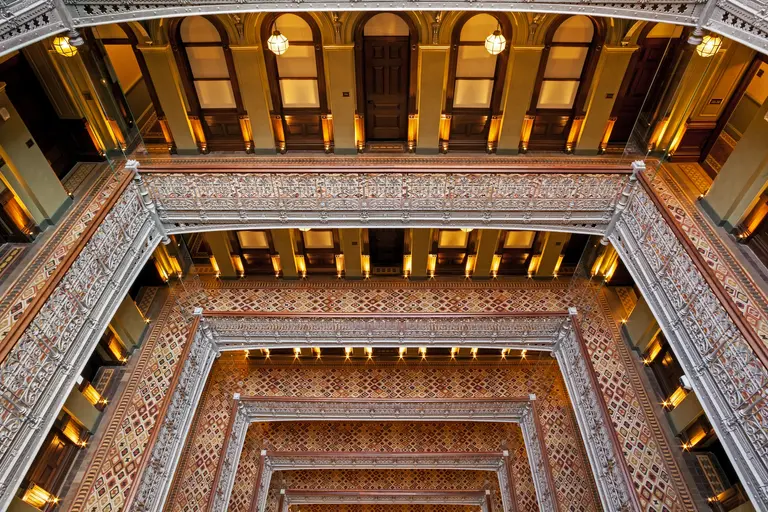


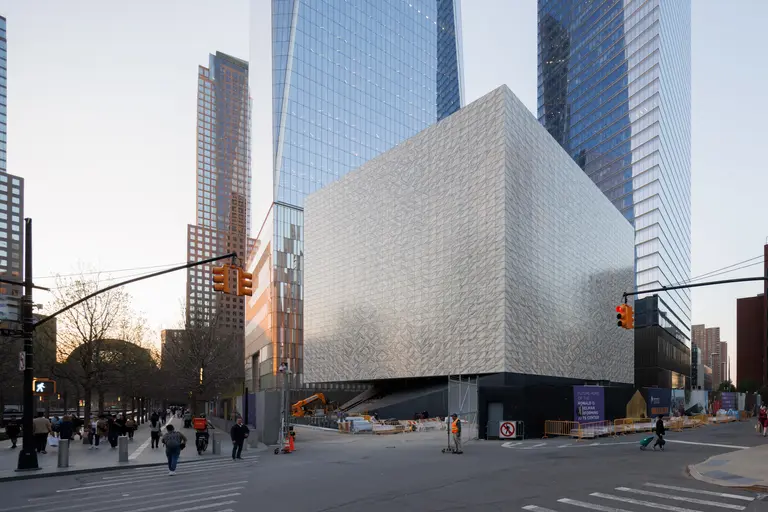
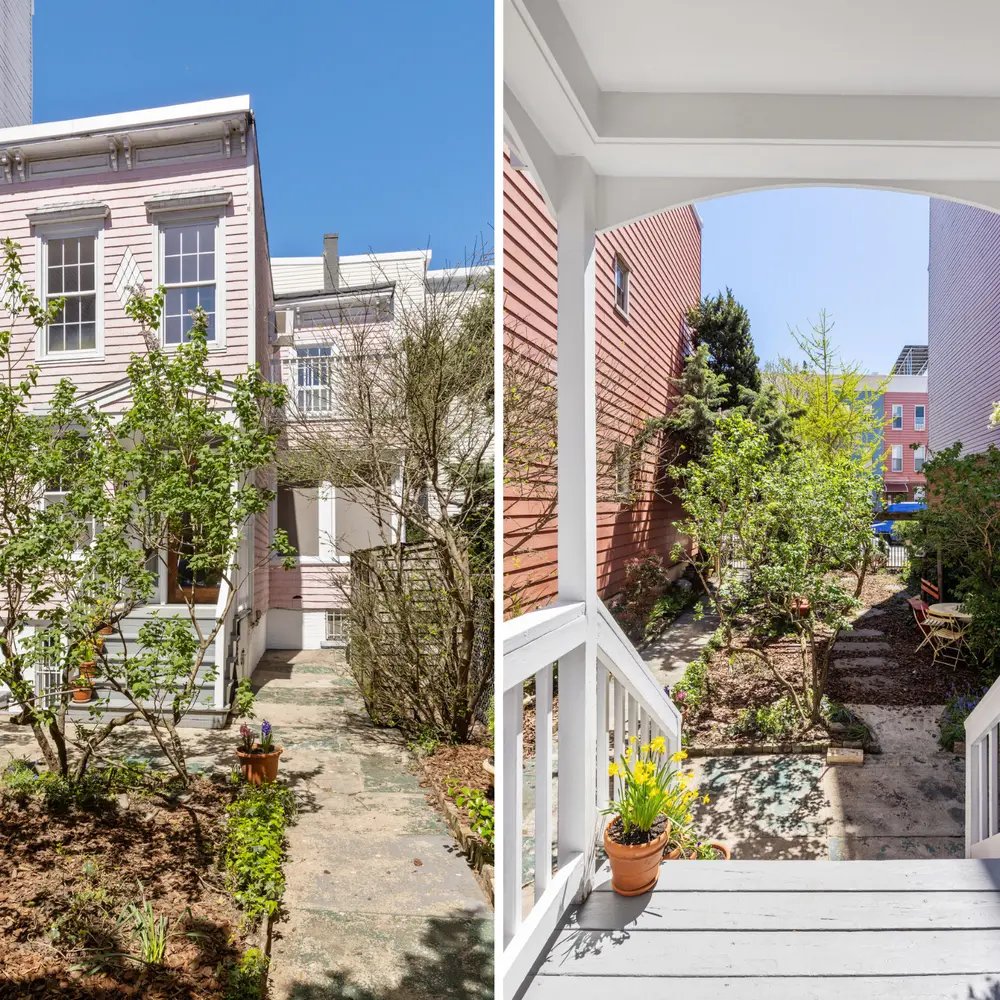




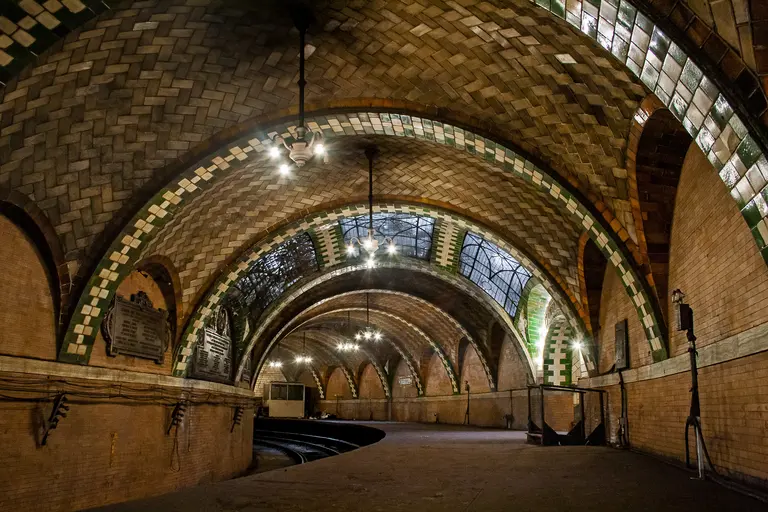
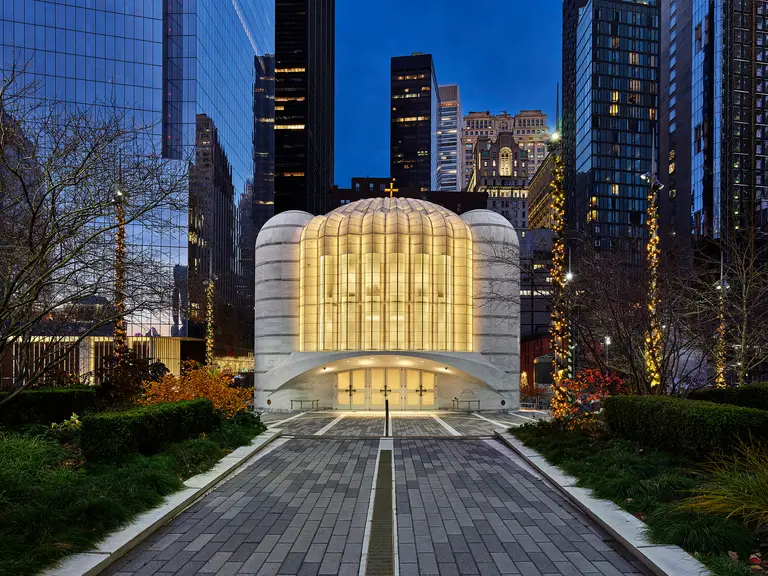


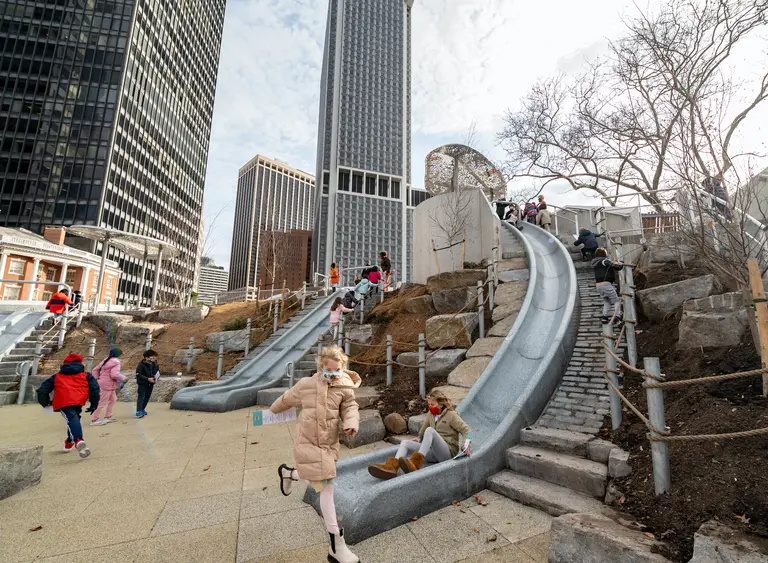
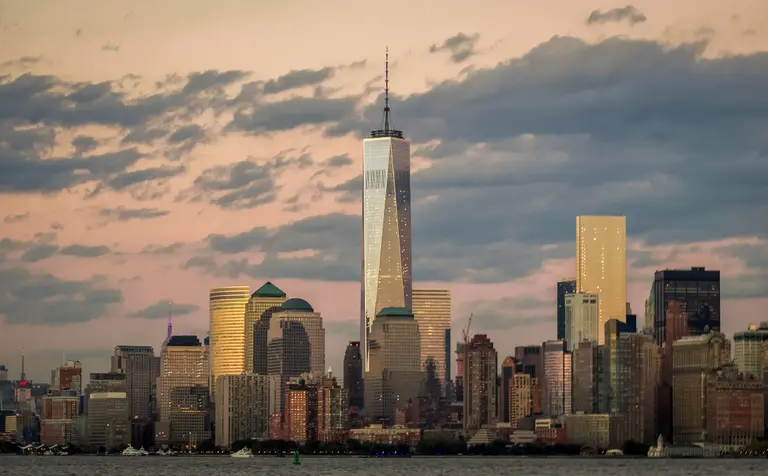












Trying to discover the address of Hearst’s N.Y. Daily in the 1920’s. Anyone out there happen to know?